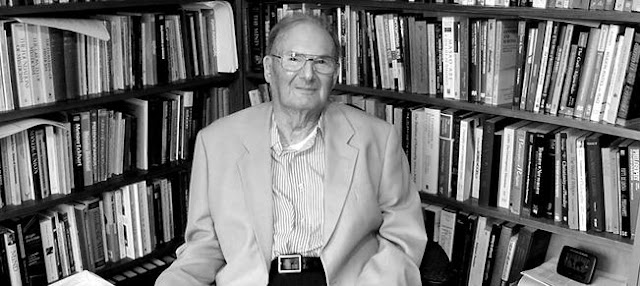JOHN HICK’S RECONSTRUCTION OF THE HISTORICAL JESUS FOR THE PLURALISTIC SOCIETY BY JEFFREY ONO-BOBI
JOHN HICK’S RECONSTRUCTION OF THE HISTORICAL JESUS FOR THE PLURALISTIC SOCIETY BY JEFFREY ONO-BOBI Introduction Since the rise of modern scholarship, the Christian tradition has come under attack. Virtually everything it claims and holds was brought under scrutiny; Jesus Christ is not an exemption. Thus, the quest for the real Jesus of history and Christ of faith characterized the 18th and 19th centuries scholarship. This was an attempt to recover the real Jesus as it opposes what is contained in the Bible. But such a quest took another form with the arrival of a British Philosopher of Religion, John Hick. Hick, troubled with the problem of religious diversities, delved into discussions on how to reconcile them, as a single whole in diversities. How can Jesus be unique from the other revealers of God in other faiths? What can we know about the historical Jesus? To do this, re-interpreting the historical Jesus was inevitable for Hick. Therefore, this paper examines Hi...




Comments
Post a Comment